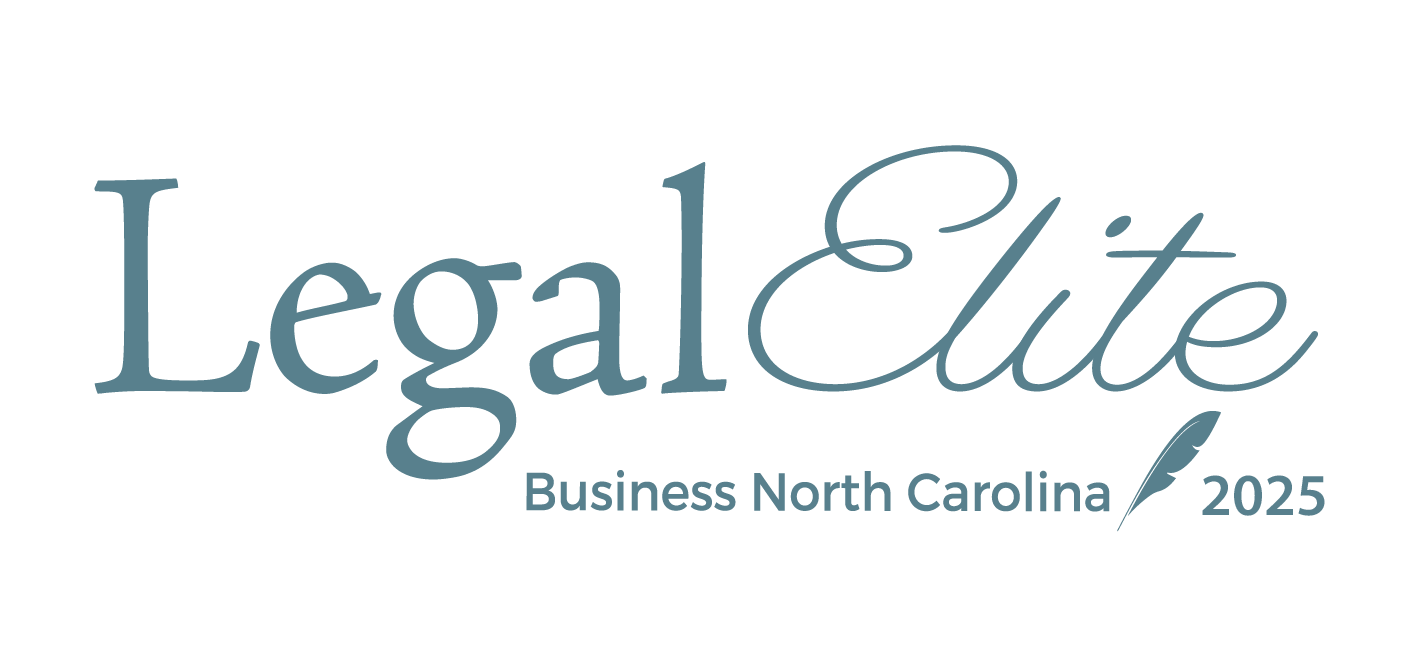- A simultaneous exchange between two parties, where the parties simultaneously swap properties;
- A deferred exchange, where the taxpayer sells the relinquished property and then later purchases the replacement property; or,
- A reverse exchange, where the taxpayer purchases the replacement property and then later sells the relinquished property.
- What Types of Assets Can Be Exchanged in a 1031 Exchange? You can use a 1031 exchange to exchange assets that are deemed to be of "like kind" to one another. While it is possible to engage in a 1031 exchange with respect to a specific type of business personal property (for example, a business truck) or other business personal property of the same type, most 1031 exchanges involve real estate due to the very broad rules regarding what types of real estate will qualify as “like kind” property under the 1031 exchange tax rules. An example of the broad "like kind" rules in the real estate context is illustrated by the fact that you can use a reverse exchange to sell a commercial building and then purchase a vacant lot as replacement property and construct a new commercial building on the lot during the 180 day closing period (described in more detail below). Unfortunately, a taxpayer cannot exchange one partnership or LLC interest for another partnership or LLC interest under the 1031 exchange tax rules.
- Fully Deferred Exchange – Equal or Greater Fair Market Value: In order to structure a fully-deferred 1031 exchange, the taxpayer must both (1) purchase replacement property with a fair market value that is equal to or greater than the fair market value of the relinquished property, and (2) re-invest all of the cash that is received from the sale of the relinquished property in the replacement property.
- The 1031 Basis Rules: While there are exceptions, the 1031 exchange basis rules generally provide for a carry-over basis regime so that the taxpayer takes the same basis in the replacement property that it had in the relinquished property.
- The "Same Taxpayer" Rule: The 1031 exchange rule referred to as the “same taxpayer” rule requires the same taxpayer to be the seller of the relinquished property and the buyer of the replacement property. However, multiple owners of the same asset (for example, joint owners of a hotel property) can engage in their own, separate 1031 exchanges with respect to the sale of their respective portions of the relinquished property, with each taxpayer being free to purchase different replacement properties so long as each is a "like kind" with the relinquished property. Additionally, taxpayers can use different single member limited liability companies to implement a 1031 exchange since single member LLCs are considered "disregarded entities" for tax purposes.
- The Related Party Rules: The 1031 exchange related party rules seek to prevent "basis swapping" transactions between related parties that otherwise could be used by the related parties to avoid tax. While there are exceptions, the 1031 exchange related party rules generally provide that (1) if there is a 1031 exchange between related parties, each party must hold the property acquired in the exchange for a minimum of two years after the exchange.
- The “Qualified Use” Requirement: In addition to other requirements, a taxpayer must hold both the relinquished property and the replacement property “in a trade or business” or “for investment purposes,” which commonly is referred to as the "qualified use" requirement. The purpose of this rule is to ensure that taxpayers cannot use a 1031 exchange to defer taxable gain with respect to personal assets (such as a personal home) or inventory/dealer items.
While there is very little guidance from the courts or the Internal Revenue Service (the “IRS”) regarding the boundaries of the “qualified use” requirement, tax practitioners generally look at the length of time the taxpayer held the relinquished property before the 1031 exchange and the length of time the taxpayer held the replacement property after the 1031 exchange ("Holding Period"), as well as the marketing/sale-related activities ("Marketing Activities") related to the relinquished property and the replacement property, such as listing the property for sale or entering into a purchase contract for the purchase or sale of the property.
- Holding Period: While there is no bright-line rule regarding how long a taxpayer should hold property to satisfy the "qualified use" requirement, tax practitioners generally refer to a “risk spectrum” based on how long the taxpayer has owned the relinquished property or the replacement property, as the case may be, with ownership of six months or less being seen as very risky, ownership of one year to one and one-half years being seen as more reasonable, and ownership of two years or more being seen as more conservative and safe.
- Marketing Activities: While the types of Marketing Activities that are relevant to a particular 1031 exchange will vary based on the nature of the asset, tax practitioners generally analyze whether the property was actually used for a business/investment purpose. If the property is rental property, the question becomes whether the property was in fact rented or, if not rented, the extent and reasonableness of the taxpayer’s efforts to rent the property. This analysis is simple if the subject property is a raw, undeveloped piece of real estate that simply is held for investment appreciation but can quickly become more complicated.
Identification Period and Closing Period Rules:
- 45 Day Identification Period: Within 45 days after the closing of the first leg of the 1031 exchange (i.e., the sale of the relinquished property in a deferred exchange or the purchase of the replacement property in a reverse exchange), the taxpayer must identify the property or properties that possibly will be used in the second leg of the 1031 exchange. The taxpayer does not have to acquire all of the properties identified during the 45 day identification period, but it generally cannot acquire any properties other than those identified during the 45 day identification period as part of the 1031 exchange. It should be noted that the 1031 exchange identification rules provide taxpayers with flexibility if they need to identify many low value properties or just a few high value properties.
- 180 Day Closing Period: Within 180 days after the closing of the first leg of the 1031 exchange (which includes the 45 day identification period), the second leg of the 1031 exchange must be closed.
I hope that this overview of the 1031 exchange rules is helpful as you look to structure different types of 1031 exchanges. As indicated above, there are a lot of different rules to consider when structuring 1031 exchanges. Members of Ward and Smith, P.A.’s Tax Practice Group and Real Estate Practice Group are very experienced in working with clients to structure 1031 exchanges that meet the client’s business and tax goals. Please let us know if we can help you structure your next 1031 exchange.





